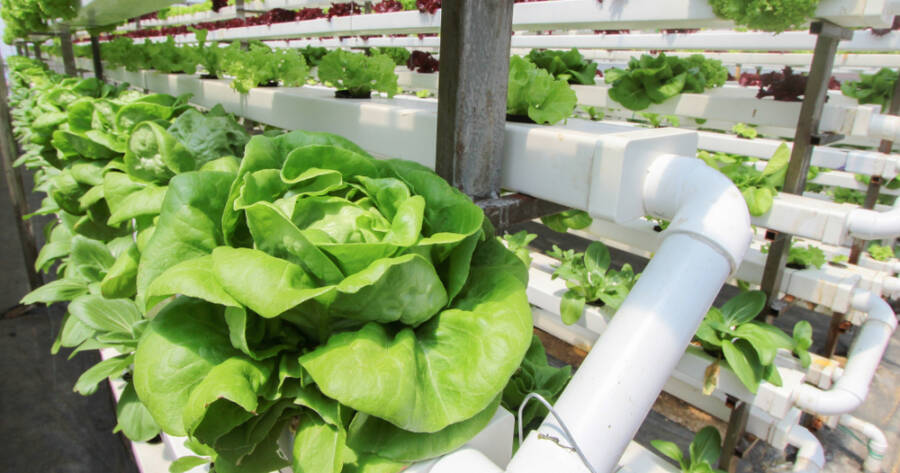Aquaponics, a revolutionary fusion of aquaculture and hydroponics, presents a sustainable and efficient approach to gardening and fish farming. This innovative system harnesses the natural synergy between plants and fish, creating a thriving ecosystem where each component benefits from the other’s presence.
DIY Tips for Aquaponic Systems
Embarking on a DIY aquaponics project requires careful planning and attention to detail. Here are some essential tips to ensure a successful setup:
- Select a suitable location: Choose a space with ample sunlight, proper ventilation, and access to a water source. Consider the weight of the system when selecting a sturdy support structure.1
- Choose the right containers: Select food-grade containers made from durable materials like polyethylene or fiberglass. The size of the containers will depend on the scale of your system and the number of plants and fish you intend to cultivate.
- Set up the grow bed: Fill the grow bed with a growing medium such as expanded clay pebbles, gravel, or coconut coir. These media provide support for the plant roots and facilitate efficient water flow.
- Install the plumbing system: Connect the grow bed to the fish tank using PVC pipes or hoses. Ensure that the water can circulate freely between the two components.
- Add the fish: Choose fish species that are compatible with the aquaponic environment, such as tilapia, goldfish, or koi. Start with a small number of fish and gradually increase the population as the system matures.
- Monitor water quality: Regularly test the water quality and adjust as necessary. Maintain optimal levels of pH, ammonia, nitrites, and nitrates to ensure the well-being of both plants and fish.
Best Fish and Vegetable Selection for Aquaponics
Selecting the right fish for aquaponics and aquaponic vegetable selection is crucial for a successful aquaponic system. Here are some considerations:
- Fish selection: Choose fish that are hardy, adaptable, and can tolerate fluctuations in water quality. Some popular options include tilapia, goldfish, koi, and catfish.2 Consider the size, temperament, and compatibility of the fish when making your selection.
- Vegetable selection: Select vegetables that thrive in a hydroponic environment and have a high tolerance for nutrient-rich water. Leafy greens like lettuce, spinach, and basil are excellent choices for beginners. Other suitable vegetables include tomatoes, cucumbers, peppers, and herbs.
- Companion planting: Practice companion planting to enhance the growth and health of your plants. Certain plants, when grown together, can provide mutual benefits such as pest control, nutrient enhancement, and improved flavor.
Aquaponics Maintenance Schedules
Regular maintenance is essential to ensure the longevity and productivity of your aquaponic system. Here are some key tasks to include in your maintenance schedule:
- Monitor water quality: Regularly test the water quality and adjust as necessary. Maintain optimal levels of pH, ammonia, nitrites, and nitrates to ensure the well-being of both plants and fish.
- Feed the fish: Provide the fish with a high-quality diet and feed them at regular intervals. The amount of food will depend on the species and size of the fish.
- Prune the plants: Regularly prune the plants to remove dead or diseased leaves and stems. Pruning encourages new growth and prevents overcrowding.
- Harvest the produce: Harvest the vegetables when they are ripe and ready to eat. Enjoy the fresh, nutritious produce grown in your own aquaponic system.
Why You Should Learn More About Aquaponics
Aquaponics offers a sustainable and efficient approach to food production, combining the benefits of aquaculture and hydroponics. By learning more about aquaponics, you can:
- Grow your own fresh, organic produce: Aquaponics allows you to cultivate vegetables and fish in a controlled environment, ensuring a consistent supply of fresh, nutritious food.
- Reduce your carbon footprint: Aquaponics systems use less water and land compared to traditional agriculture, making them more environmentally friendly.
- Save money: Growing your own food can save
